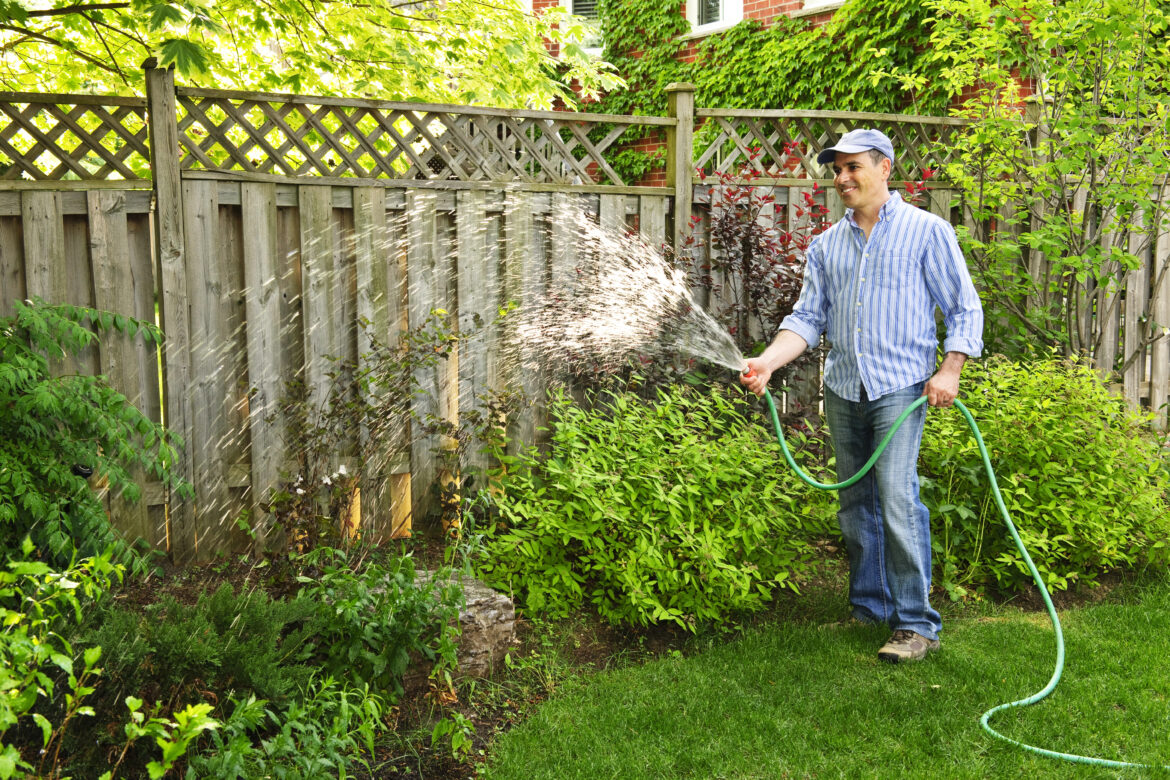
Summer Drainage Fixes: Repairing Erosion and Water Runoff Issues in Landscapes
Heavy summer storms can turn a well-designed landscape into a mess overnight. When water runoff and erosion hit hard, quick fixes won’t cut it. Landscapers need to deliver lasting solutions that not only stop the damage but also stand up to future storms. Gravel, sand, retaining walls, and smart grading are the key tools in the toolbox.
If you’re getting calls about washouts, pooled water, or collapsed beds, here’s how to approach the problem with durable, professional solutions.
1. Diagnose the Water Flow
Before grabbing a shovel or ordering materials, walk the site and understand how water is moving.
- Where is the water coming from? Roof downspouts, driveways, hardscapes, and sloped lawns all direct water differently.
- Where is it going—or not going? Look for low spots, exposed roots, ruts, gullies, and displaced mulch or soil.
- What’s underneath? Soil type makes a big difference. Sandy soils drain fast. Clay holds water. A combination can cause uneven drainage.
You need to know the slope, surface types, and how much water you’re dealing with to recommend the right fix.
2. Use Gravel Beds to Disperse and Drain
Gravel is your first line of defense against erosion caused by fast-moving runoff. It’s effective, affordable, and easy to install when done right.
- Install French drains using gravel-filled trenches and perforated pipe to redirect water away from problem zones.
- Use gravel swales along slopes or hard edges to slow water and reduce surface erosion.
- Create infiltration zones by layering gravel and sand in problem areas where water pools.
Make sure to line trenches with landscape fabric to prevent soil intrusion. Choose angular gravel over round rock—angular pieces lock together better and resist movement.
3. Rebuild Slopes with Retaining Walls
If the property has sloped beds, hillsides, or hardscape borders showing signs of collapse or washout, it’s time to bring in retaining walls.
- Retaining walls stop slope failure by holding back soil and controlling how water moves down a grade.
- Stacked stone, concrete block, or timber walls can also be aesthetic upgrades, especially for residential properties.
- Add weep holes and gravel backfill behind the wall to ensure water escapes without building pressure.
Pay attention to wall height and local code. Anything over 3–4 feet may need permits or an engineer’s stamp. Always compact the base and use geo-grid reinforcement on taller walls.
4. Improve Grading to Move Water Properly
Grading issues are one of the most common causes of water damage in landscapes. If water sits near a structure or flows toward beds or paths, the grading likely needs to change.
- Regrade slopes to create positive drainage away from buildings (minimum 2% slope over 10 feet).
- Use sand to lightly topdress and fill small low spots—a mix of sand and topsoil works well.
- Blend in gravel or crushed stone for high-traffic areas where erosion is most aggressive.
Use a laser level or string line to measure slope accurately. Don’t eyeball it—precision grading saves time and callbacks.
5. Combine Hardscape and Softscape Tactics
Sometimes, you need more than one solution. Combining materials can create a stronger system.
- Downspout extensions into gravel beds keep water from trenching through mulch.
- Terraced retaining walls with planted beds reduce slope speed and absorb water naturally.
- Gravel and sand beneath turf improve drainage while keeping grass intact.
- Mulch alternatives like stone or rubber can prevent washout in high-flow areas.
Consider long-term maintenance, too. Gravel paths and swales need occasional re-leveling. Retaining walls may need minor adjustments over time. Design landscape or hardscape systems that are easy to maintain and inspect.
6. Sell Prevention, Not Just Repair
After fixing the immediate issue, offer your clients preventive upgrades. This builds trust and shows you’re thinking long-term.
- Install rain gardens to catch and absorb stormwater.
- Recommend permeable pavers instead of solid concrete for patios or driveways.
- Add edging to hold soil and mulch in place along beds.
- Suggest seasonal drainage inspections.
Educating your clients can turn one-time repairs into repeat business. It also positions your team as problem solvers—not just installers.
Storm damage is a headache for property owners—but it’s an opportunity for landscape pros to shine. Gravel beds, sand layers, smart grading, and solid retaining walls aren’t just fixes—they’re long-term investments in the integrity of the landscape.
By diagnosing the root of the runoff problem and implementing structural solutions, you show your clients the difference between a landscaper and a drainage expert. And in today’s climate, every job that holds up through a storm builds your reputation for quality.
